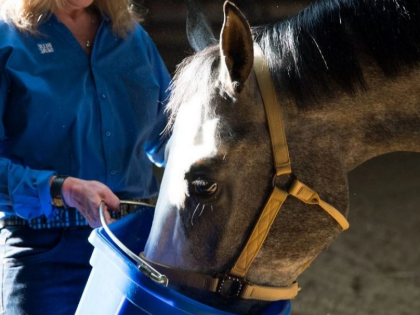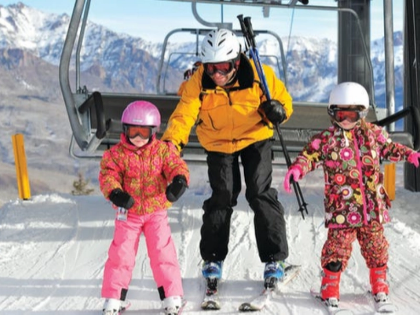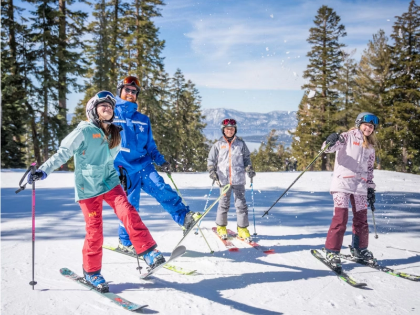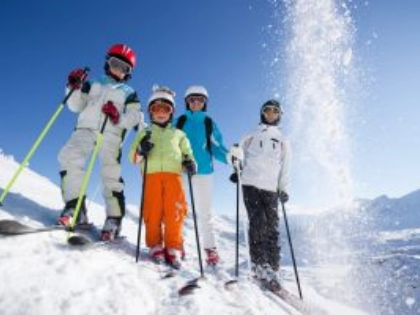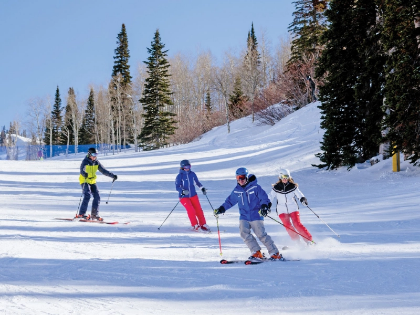The Art of Powder Skiing: Methods for Deep Snow
Powder skiing is an amazing experience, but it also demands a different skill level to be successful. Gain mastery of these essential skills to maximise your Niseko powder experience! To improve balance, keep your arms out in front of you, and be prepared to plant them in the snow to aid in movement and speed control. Your movements will become more fluid the more you use your body to turn.
Recognising the Terrain

Keeping Your Balance
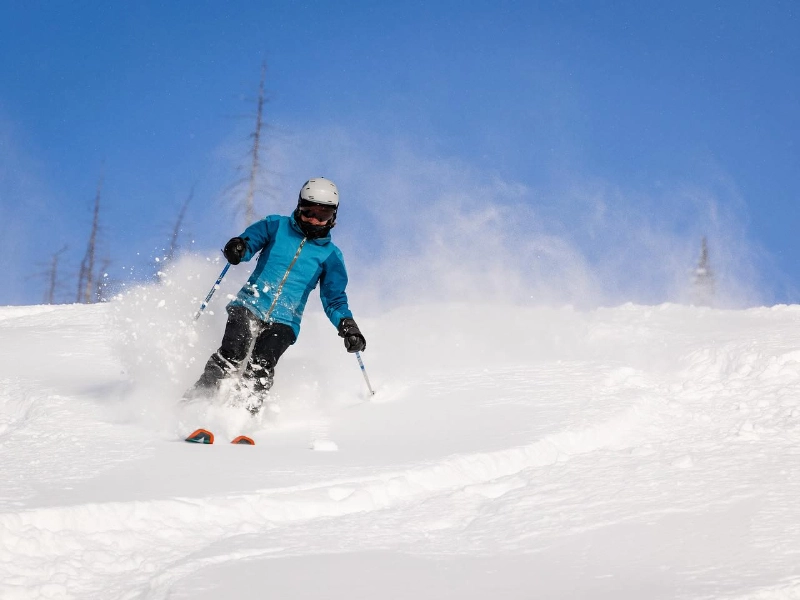 Skiers must be prepared to predict the terrain ahead of them and adjust their strategy accordingly. It takes courage to venture outside of your comfort zone and into unfamiliar territory, as well as experience and patience. It also calls for a solid understanding of the foundations of skiing, such as extending and flexing, starting turns, establishing rhythm, and keeping your balance.
Making ensuring you have the appropriate tools is the first step towards mastering these abilities. In heavy snow, wide skis, also known as powder skis, are a game-changer because they increase your surface area and allow you to float above the snow instead of sinking into it. Furthermore, a slightly repositioned binding on the skis provides a more secure and balanced stance.
You should learn to bounce with a light, rhythmic motion to keep your equilibrium. Think of the exercise as if you were jumping on a make-believe trampoline, stretching out with each bounce and pressing down into both feet. This keeps you atop the snow and produces a naturally joyful bounce that is exclusive to powder skiing.
Skiers must be prepared to predict the terrain ahead of them and adjust their strategy accordingly. It takes courage to venture outside of your comfort zone and into unfamiliar territory, as well as experience and patience. It also calls for a solid understanding of the foundations of skiing, such as extending and flexing, starting turns, establishing rhythm, and keeping your balance.
Making ensuring you have the appropriate tools is the first step towards mastering these abilities. In heavy snow, wide skis, also known as powder skis, are a game-changer because they increase your surface area and allow you to float above the snow instead of sinking into it. Furthermore, a slightly repositioned binding on the skis provides a more secure and balanced stance.
You should learn to bounce with a light, rhythmic motion to keep your equilibrium. Think of the exercise as if you were jumping on a make-believe trampoline, stretching out with each bounce and pressing down into both feet. This keeps you atop the snow and produces a naturally joyful bounce that is exclusive to powder skiing.
Starting Turns
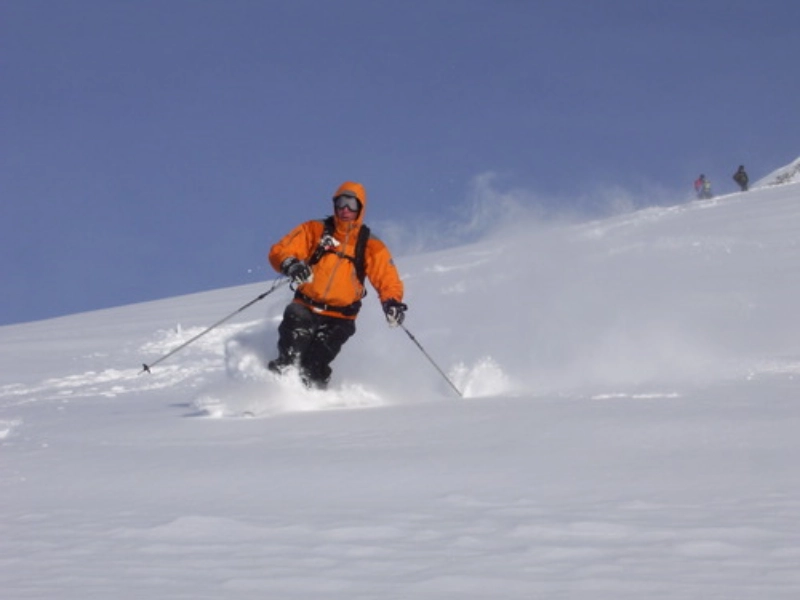 The ability to initiate smooth turns is crucial while skiing in powder. Your skis will sink into the snow if you move suddenly in this kind of snow, creating resistance that could cause you to lose control. Rather, employ a body-led approach and a softer feel, timing your pole plantings to aid with balance.
Keeping your skis close together is also essential while travelling through powder. This will improve your lateral balance by allowing you to float on the snow and distributing your weight equally over both skis. For many skiers accustomed to wider stances, this may seem paradoxical, but it can be an effective strategy for negotiating soft terrain.
It will take some work to get this tipping, steering, and rhythmic bounce synchronisation down. As your skills improve, work your way up to steeper and deeper slopes. Start on gentler terrain. After that, you can relish the thrilling sensation of skiing through deep powder!
The ability to initiate smooth turns is crucial while skiing in powder. Your skis will sink into the snow if you move suddenly in this kind of snow, creating resistance that could cause you to lose control. Rather, employ a body-led approach and a softer feel, timing your pole plantings to aid with balance.
Keeping your skis close together is also essential while travelling through powder. This will improve your lateral balance by allowing you to float on the snow and distributing your weight equally over both skis. For many skiers accustomed to wider stances, this may seem paradoxical, but it can be an effective strategy for negotiating soft terrain.
It will take some work to get this tipping, steering, and rhythmic bounce synchronisation down. As your skills improve, work your way up to steeper and deeper slopes. Start on gentler terrain. After that, you can relish the thrilling sensation of skiing through deep powder!
Getting Used to the Snow
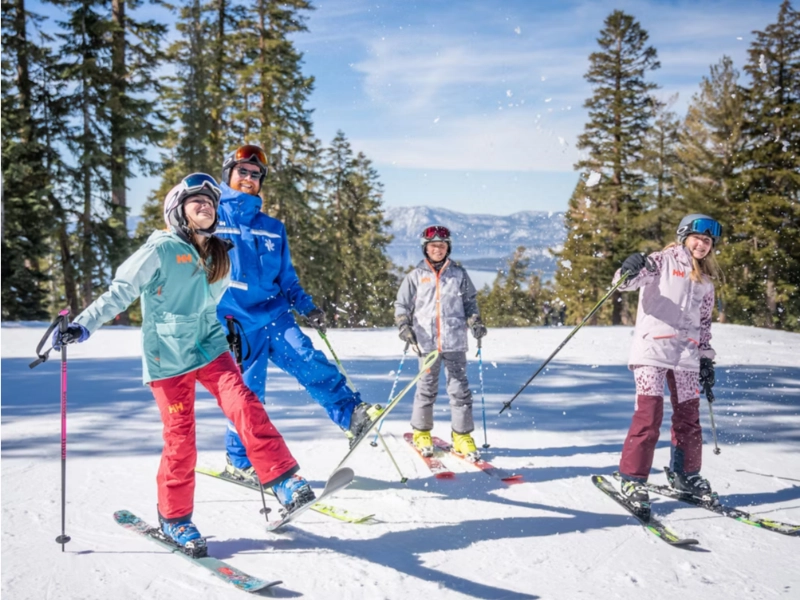 In powder, you have to move much more softly and with less pressure on the skis to initiate turns. This lessens the chance of losing control and sinking into the snow. Make advantage of your sticks as a pivot during your turn. At the start of your turn, firmly plant one stick in the snow to provide a solid basis from which to pivot.
Equilibrium weight distribution on your skis is another essential skill for snow skiing. One ski will sink into the snow and lose its buoyancy if you put all of your weight on it. To create a single platform that can float on the surface more readily, keep your skis closer together instead of farther apart.
Making snow skiing more accessible also requires having the appropriate gear. You can stay in control and float more easily if you have fat skis with good tip rocker. To master the art of deep snow skiing, hiring a guide is highly recommended as they can assist you in locating the ideal locations with fewer people and optimal conditions.
In powder, you have to move much more softly and with less pressure on the skis to initiate turns. This lessens the chance of losing control and sinking into the snow. Make advantage of your sticks as a pivot during your turn. At the start of your turn, firmly plant one stick in the snow to provide a solid basis from which to pivot.
Equilibrium weight distribution on your skis is another essential skill for snow skiing. One ski will sink into the snow and lose its buoyancy if you put all of your weight on it. To create a single platform that can float on the surface more readily, keep your skis closer together instead of farther apart.
Making snow skiing more accessible also requires having the appropriate gear. You can stay in control and float more easily if you have fat skis with good tip rocker. To master the art of deep snow skiing, hiring a guide is highly recommended as they can assist you in locating the ideal locations with fewer people and optimal conditions.


